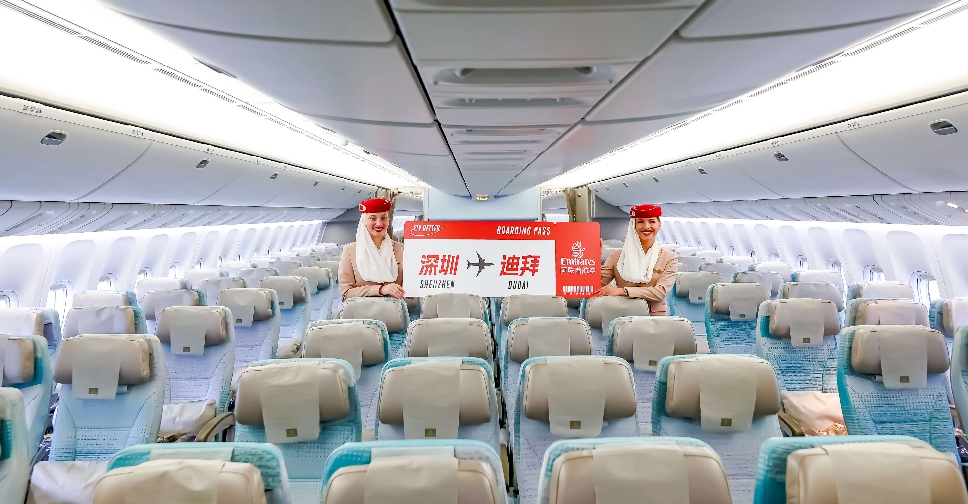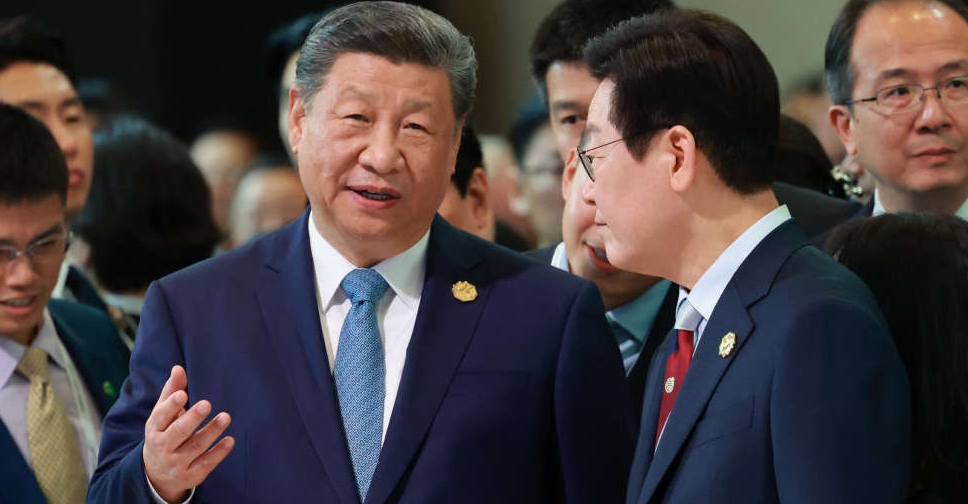
Emirates has officially launched its daily services to Shenzhen, marking the airline’s fourth gateway in the Chinese mainland after Beijing, Shanghai and Guangzhou.
Emirates' inaugural flight EK328 touched down at Shenzhen Bao’an International Airport on July 1.
"We are excited to launch our new daily service to Shenzhen – one of China’s most dynamic and innovative cities. This milestone reflects Emirates’ ongoing commitment to strengthening our presence in the Chinese mainland and supporting the country’s trade and tourism objectives," said Adnan Kazim, Deputy President and Chief Commercial Officer, Emirates Airline.
Operated by a four-class retrofitted Boeing 777-300ER, EK328 will depart from Dubai daily at 1005 and arrive in Shenzhen at 2200. The return flight EK329 will depart Shenzhen at 2355, landing in Dubai at 0340 the next day.
The flights are conveniently timed to enable seamless connectivity to key destinations across Europe, including London, Paris, Frankfurt, and Amsterdam. Passengers can also seamlessly connect to Emirates’ points in Kenya, Egypt, South Africa and Saudi Arabia.
Emirates' enhanced Boeing 777s will offer eight private suites in First Class, 40 lie-flat seats in Business Class, 24 seats in Premium Economy and 260 spacious seats in Economy Class. The new Business Class cabin in a 1-2-1 layout will further offer aisle access to every passenger.
According to Kazim, the flights are "also aligned with the strengthening of China-UAE relations, and a strategic move to seamlessly connect the Guangdong-Hong Kong-Macao Greater Bay Area’s innovation corridor - an international innovation and technology (I&T) hub that aims to attract global innovation resources, through our flights".
"We would like to express our gratitude and appreciation to the Civil Aviation Administration of China, Shenzhen Airport Group and our local partners for their support in making this launch possible. We look forward to connecting more travellers and businesses between Shenzhen and Dubai and across our growing network," he added.
The Dubai carrier will now offer 42 weekly flights to four key cities in the Chinese mainland – Beijing, Shanghai, Guangzhou, and Shenzhen – providing passengers and businesses with enhanced connectivity and travel options in and out of Chinese mainland.
Enhanced cargo and passenger operations
Emirates has been serving China since 2004 and plays a significant role in facilitating seamless connectivity to over 50 countries along the Belt and Road Initiative, covering one-third of the 150 countries and regions participating in the initiative. Expansion of the airline’s operations will further boost inbound visitor volumes to the Greater Bay Area from GCC countries and Africa, while also supporting industries such as smart manufacturing, e-commerce and biopharmaceuticals, through a 72-hour global supply chain system.
The flights will offer 16 tonnes of cargo capacity per flight. Allowing it to further help amplify the “Aerial Silk Road” by integrating Shenzhen’s advanced manufacturing sector with Emirates’ global cargo network. Airline’s world-class cold chain capabilities will ensure the global accessibility and seamless transportation of perishable goods and pharmaceuticals.
Strengthening UAE-China ties
The UAE is China’s largest trading partner in the Middle East, with bilateral trade reaching US$95 billion in 2023. Aviation plays a key role in the rapid growth of trade exchanges between the two nations. Emirates’ expansion into the Chinese mainland comes at an opportune time as the UAE and China’s comprehensive strategic partnership deepens further, boosting cooperation in various sectors such as trade, technology, logistics and investment.
Travellers from the GCC including the UAE can now visit China visa-free for up to 30 days, allowing Emirates’ customers to enjoy hassle-free planning for their business and leisure trips to the Chinese mainland.
Emirates remains committed to facilitating convenient and seamless international connectivity in and out of the Chinese mainland, in line with its growth strategy for East Asia.



 ADNOC, Gecko Robotics sign deals to accelerate AI, robotics, skills training
ADNOC, Gecko Robotics sign deals to accelerate AI, robotics, skills training
 Maktoum bin Mohammed chairs Board meeting of Federal Tax Authority
Maktoum bin Mohammed chairs Board meeting of Federal Tax Authority
 UAE’s first AI-designed business complex launched in Sharjah
UAE’s first AI-designed business complex launched in Sharjah
 ADNEC Group to host two of world’s largest events simultaneously in Abu Dhabi, London
ADNEC Group to host two of world’s largest events simultaneously in Abu Dhabi, London
 China's Xi pushes for global AI body at APEC in counter to US
China's Xi pushes for global AI body at APEC in counter to US



